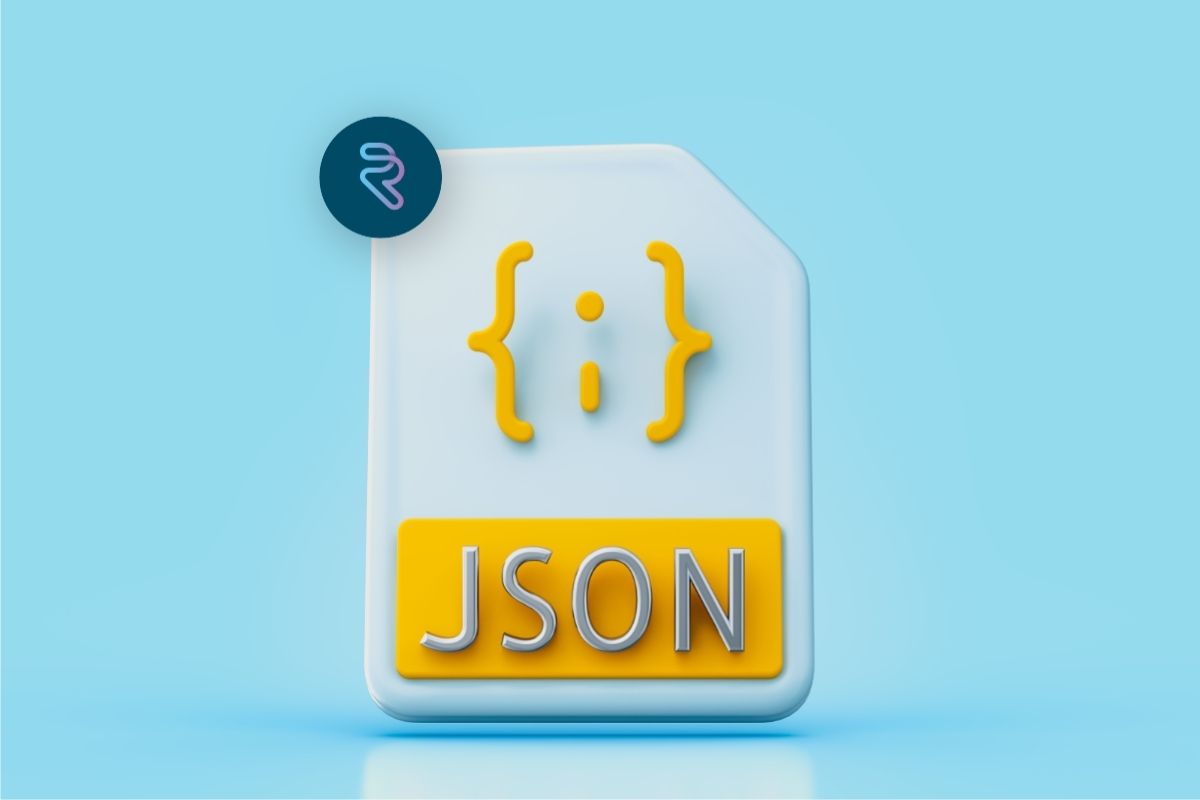Cem Kütük
Implementing Business Process Management (BPM) in your company is an excellent way to find out what your management problems are and act on them, integrating the organization as a whole.
Business Process Management streamlines a company’s processes, thus enabling more efficient, agile, intelligent and automated management.
It is a management discipline that recommends end-to-end optimization of business processes in order to create more value for the customer and increase the performance of the company to achieve its strategic goals.
With BPM, companies can analyze, define, optimize, monitor, and audit business processes to improve performance and gain competitive advantage.
Let’s try to clarify the issue with an example of the recruitment process. Managing such a process requires mapping it and identifying each activity that needs to be performed; for example:
- Creating positions and defining their requirements
- Opening of the election process
- Promote job offers
- Contacting candidates
- Conducting online and face-to-face tests
- Interviewing and selecting candidates
- Sign a contract
- And other processes
After the mapping phase, it is necessary to standardize and create rules so that this process always proceeds in the same way. Each task should then be analyzed to find ways to optimize them and improve their performance.
The process management model is always cyclical and living, meaning it is constantly changing and constantly evolving.
There are ways to improve all processes and this is identified during the execution of each phase. While executing the workflow, from time to time, defects and obstacles may arise that can be corrected and measured.
Process management takes place in different stages, to give an example of what the stages are;
1.Strategic Planning
To create an integrated model, you need to identify the existing processes in your company, check whether they are compatible with your strategic goals and value chain, and identify the most critical processes to be optimized.
To do this, an initial mapping is carried out to recognize how these processes are carried out and the current state of each. This leads to the next stage.
2.Modeling: Process Analysis and Design
Here one should start with a deeper analysis of existing processes (“AS IS” phase) by mapping the processes. Available resources and problems that exist in each process are evaluated.
One way to accomplish modeling is through BPMN (Business Process Model and Notation), a form of graphical representation that involves everyone involved and provides symbols for each element of the process.
Models should actually represent the processes that are executed on a daily basis and take an end-to-end view.
According to this mapping, we proceed to create processes with our strategic plan and evaluation of different scenarios.
The aim is to find possible improvements and changes in existing processes, to create activities, rules, standards and indicators (KPIs) to follow, to achieve an ideal of what the company wants to be and what the best product/service is to the customer.
For this, the team formed for management needs to use different techniques until they achieve the desired processes such as benchmarking, brainstorming meetings, SWOT analyses, customer interviews and more.
These improvements may include:
- Integration of systems
- Time or cost efficiency
- Team training
- Outsourcing certain functions
3.Software
A workflow is now created that includes goals for preparing programs, leaders, those involved, and implementing new processes.
This is where technology comes into play. It is a fact that if a company that does not invest in technology and process automation, their business gets outdated. Systematic deployment is the deployment that uses BPM technology and software with the help of BPMS (Business Process Management Suite).
Automated and reliable systems allow managers to make decisions based on data, not guesses or intuition.
Such systems make it possible to:
- Monitor activities in real time with monitoring of progress through charts and data forms
- Share the status of the process with the entire team to keep everyone updated
- Prioritize the most important processes and activities
- Identify those responsible for activities and automatically distribute tasks
- Integrate all systems used
- Enforce business rules and other functions
The result; a company better prepared for uncertainty, with products and services that produce less unnecessary spending and more value for the customer. Having the systems in place and the team trained is sufficient for the team to implement redesign improvements and execute activities.
4. Monitoring and Observing
Success is verified by monitoring the result according to the KPS’s (Key Performance Indicators) defined in the process design. Evaluating the results and managing something is only possible if it can be measured. The primary metrics are:
Time management
This means speeding up processes and improving performance in certain activities. In general, producing more, faster. Time indicators show the time between order fulfillment and delivery.
Quality
The person who consumes your product or service always expects to receive a quality and safe result. And quality in this case assumes process standardization.
Indicators should measure the defect rate per delivery, predictability, reliability of the product, and customer perception of the product.
Cost
Process management also means producing more value and avoiding waste. In other words, it is necessary to use cost indicators so that less materials, financial resources, inventory, human effort and space can be spent.
Capacity
In addition, it is necessary to measure how much the company can produce according to a predetermined time parameter. In this way, capacity indicators serve to measure the minimum and maximum transactions in the time period.
Improvement
After monitoring, an improvement is made to correct possible process errors.
As said, process management is always cyclical and aims for continuous improvement with more relevant professionals. At the end of a process, the results are measured and any problems found are corrected in an endless loop.
You can find all the features mentioned in this article and more on the RIVER Application Development Platform.
Share
Blog










